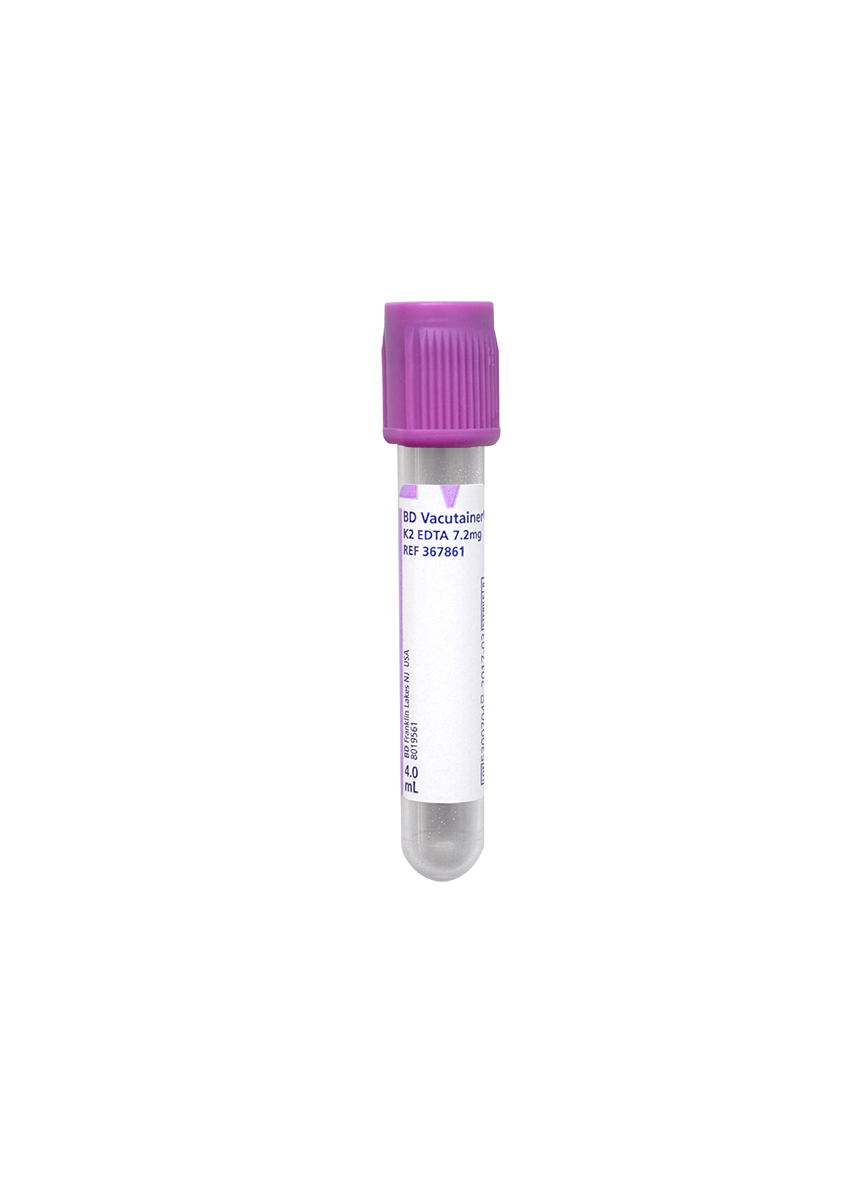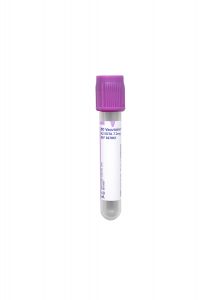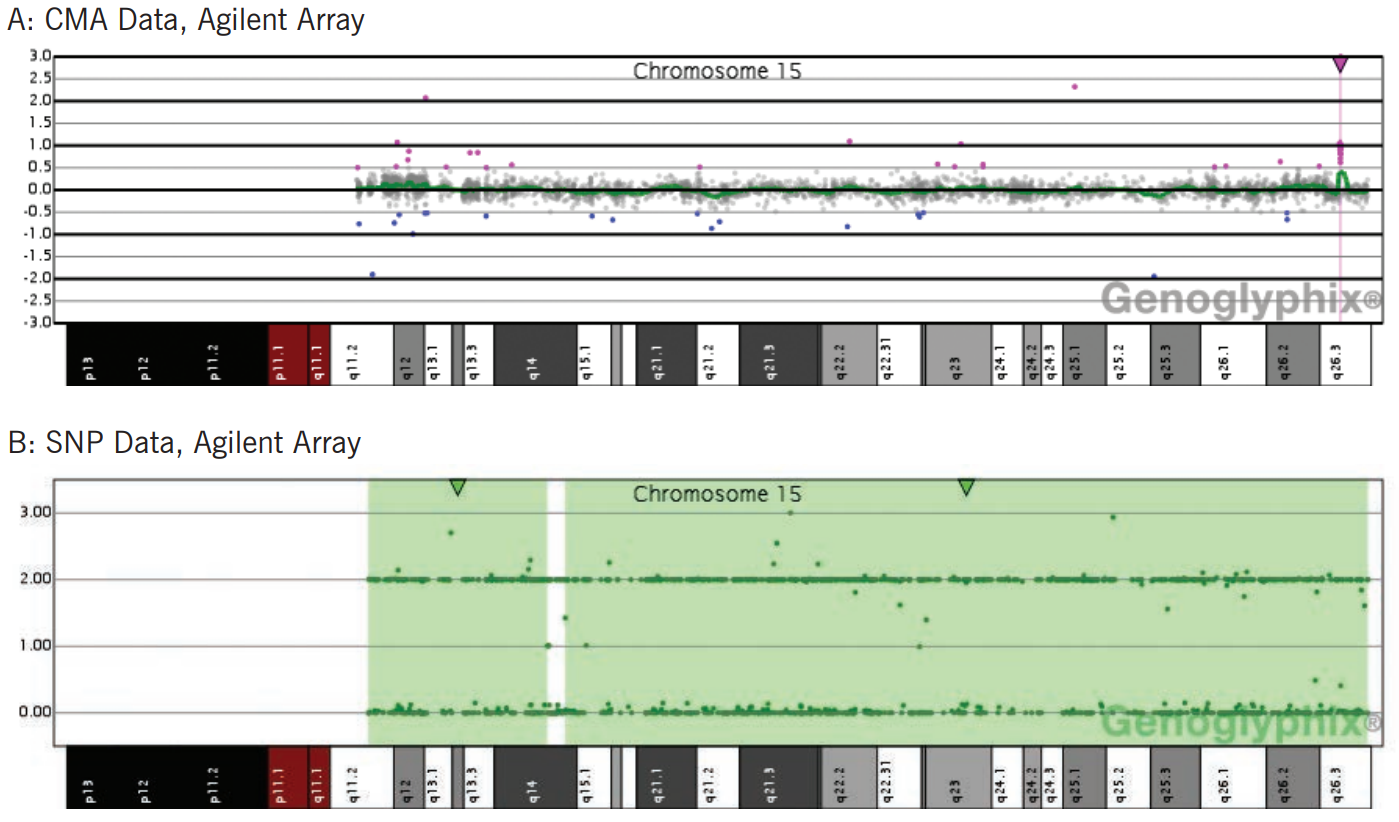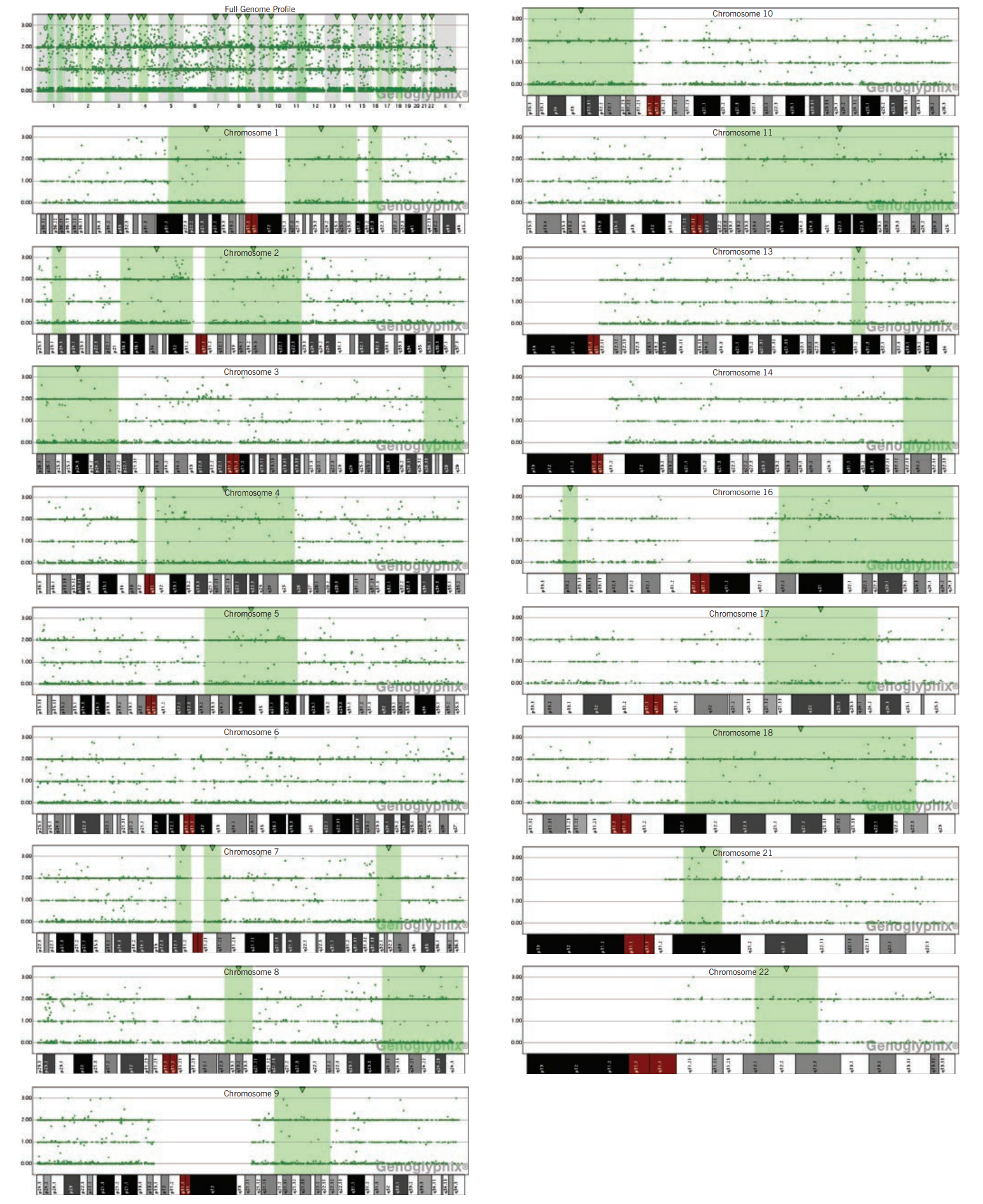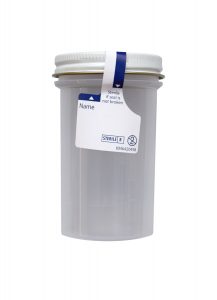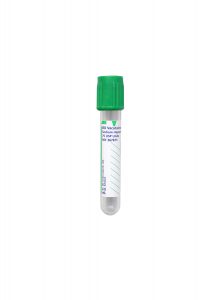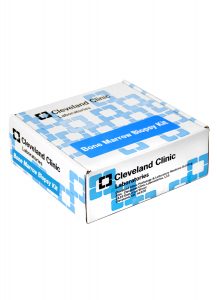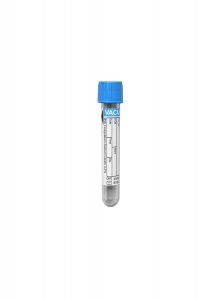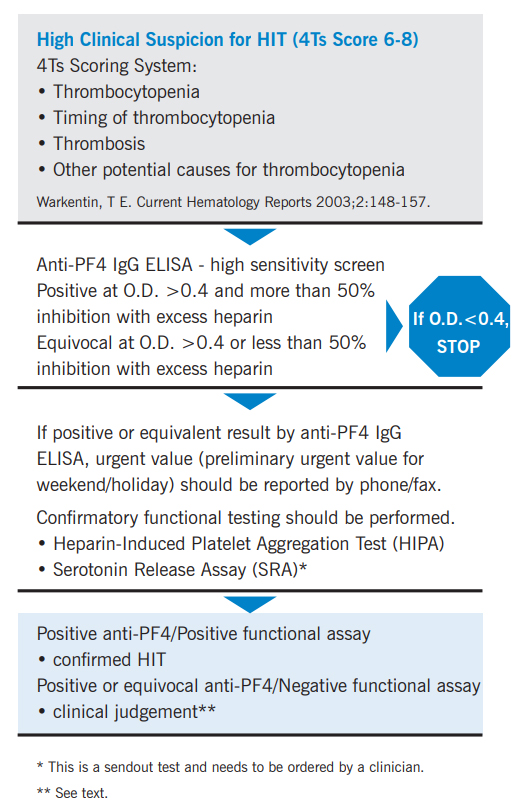Test Name
Solid Tumor Gene Fusion Next-Generation Sequencing Panel (SRCNGS) – 59 Genes
CPT Codes
81445
88381
Methodology
Next-Generation Sequencing
Turnaround Time
14 days
Specimen Requirements
Type:
Formalin-fixed, paraffin-embedded (FFPE) tissue
Volume:
Ten (10) unstained, 4 μM sections of FFPE on charged, unbaked slides
Alternative:
One (1) H&E stained slide with best tumor area circled by a pathologist (minimum of 20% tumor content for best results)
Transport Temperature:
Ambient
Stability
Ambient:
Transport & store at this temperature
Refrigerated:
Unacceptable
Frozen:
Unacceptable
Additional Information
Background Information
Benign and malignant mesenchymal tumors (sarcomas and their mimics) are difficult to diagnose with many benign and malignant entities that differ in their clinical behavior and response to therapy. Many of these tumors harbor gene fusions that are crucial to establishing a definitive diagnosis.
The CC SIGN® Solid Tumor Gene Fusion Next-Generation Sequencing (NGS) Panel is a custom-designed, 59-gene panel, high complexity laboratory-developed test (LDT) designed for targeted sequencing of benign and malignant solid and soft tissue neoplasms. This assay identifies fusion transcripts in targeted regions of RNA from total nucleic acid (TNA) isolated from formalin-fixed, paraffin-embedded (FFPE) tissue specimens.
The test will identify the vast majority of known fusions in benign and malignant mesenchymal tumors, but also has the ability to identify a limitless number of as-of-yet undiscovered gene fusions. This technology only “primes” from one partner of the gene fusion, allowing for the discovery of new gene fusion partners.
Panel Highlights & Available Subpanels
- Comprehensive detection of gene fusions across 59 targeted genes aids in determining diagnosis, prognosis, and therapeutic options.
- FFPE tissue removes the need to send fresh or frozen specimens.
Solid Tumor Gene Fusion NGS Panel (SRCNGS) – 59 Genes
- ALK
- BCOR
- BRAF
- CAMTA1
- CCNB3
- CIC
- CRTC1
- CSF1
- EPC1
- ETV6
- EWSR1
- FOS
- FOSB
- FOXO1
- FUS
- GLI1
- HMGA2
- JAZF1
- MAML2
- MEAF6
- MKL2
- MYB
- NCOA1
- NCOA2
- NCOA3
- NOTCH1
- NOTCH2
- NOTCH3
- NR4A3
- NTRK1
- NTRK2
- NTRK3
- NUTM1
- PAX3
- PAX7
- PDGFB
- PDGFD
- PGR
- PHF1
- PLAG1
- PRDM10
- PRKD1
- RAF1
- RELA
- RET
- ROS1
- SRF
- SS18
- STAT6
- TAF15
- TCF12
- TFE3
- TFEB
- TFG
- TRIM11
- USP6
- WWTR1
- YAP1
- YWHAE
Subpanel: Head & Neck Gene Fusion (HDNK) – 30 Genes
- ALK
- BRAF
- CAMTA1
- CRTC1
- ETV6
- EWSR1
- FOS
- FOSB
- FOXO1
- FUS
- GLI1
- HMGA2
- MAML2
- MKL2
- MYB
- NCOA1
- NR4A3
- NTRK1
- NTRK2
- NTRK3
- NUTM1
- PAX3
- PAX7
- PLAG1
- PRKD1
- RET
- SS18
- STAT6
- TFE3
- YAP1
Subpanel: NTRK Gene Fusion (NTRK) – 3 Genes
- NTRK1
- NTRK2
- NTRK3
Targeted Gene Regions
Genes interrogated, including relevant transcripts and exons, are listed in alphabetical order.
A
Gene, Transcript, Exons
ABL1
NM_004304
2, 4, 6, 10, 16-23, 25, 26
B
Gene, Transcript, Exons
BCOR
NM_001123385
Exons 3-8, 12, 14, 15
BCOR
NM_017745
Exon 8
BRAF
NM_004333
Exons 1-5, 7-16, 18
C
Gene, Transcript, Exons
CAMTA1
NM_015215
Exons 3, 8-10
CCNB3
NM_033031
Exons 2-6
CIC
NM_015125
Exons 12, 17-20
CRTC1
NM_015321
Exons 1-4
CSF1
NM_000757
Exons 5-8
CSF1
NM_172212
Exon 9
E
Gene, Transcript, Exons
EPC1
NM_025209
Exons 9-11
ETV6
NM_001987
Exons 1-7
EWSR1
NM_005243
Exons 4-14
F
Gene, Transcript, Exons
FOS
NM_005252
Exon 4
FOSB
NM_006732
Exons 1, 2
FOXO1
NM_002015
Exons 1-3
FUS
NM_004960
Exons 3-11, 13, 14
G
Gene, Transcript, Exons
GLI1
NM_005269
Exons 4-7
H
Gene, Transcript, Exons
HMGA2
NM_003483
Exons 1-5
J
Gene, Transcript, Exons
JAZF1
NM_175061
Exons 2-4
M
Gene, Transcript, Exons
MAML2
NM_032427
Exons 2, 3
MEAF6
NM_001270875
Exons 4, 5
MKL2
NM_014048
Exons 11-13
MYB
NM_001130173
Exons 7-9, 11-16
N
Gene, Transcript, Exons
NCOA1
NM_147223
Exons 12-15
NCOA2
NM_006540
Exons 11-16
NCOA3
NM_006534
Exons 2, 13-16
NCOA3
NM_181659
Exon 20
NOTCH1
NM_017617
Exons 2, 4, 24-31
NOTCH2
NM_024408
Exons 5-7, 24-29
NOTCH3
NM_000435
Exons 25-30
NR4A3
NM_006981
Exon 2
NR4A3
NM_173200
Exons 3, 4
NTRK1*
NM_002529
Exons 2, 4, 6, 8, 10-14
NTRK2*
NM_006180
Exons 5, 7, 9, 11-18
NTRK3*
NM_001007156
Exon 15
NTRK3*
NM_002530
Exons 4, 7, 10, 12-16
NUTM1
NM_175741
Exons 2-4, 6
*A specimen positive for a fusion in one of these genes makes the patient a candidate for larotrectinib treatment.
Standalone NTRK testing is also available via the CC-SIGN® NTRK Gene Fusion NGS Panel.
P
Gene, Transcript, Exons
PAX3
NM_181459
Exons 6-8
PAX7
NM_002584
Exons 6-8
PDGFB
NM_002608
Exons 2, 3
PDGFD
NM_025208
Exons 5-7
PGR
NM_000926
Exons 1-3
PHF1
NM_024165
Exons 1, 2, 10-12
PLAG1
NM_002655
Exons 1-4
PRDM10
NM_199437
Exons 12, 13
PRKD1
NM_002742
Exons 10-13
R
Gene, Transcript, Exons
RAF1
NM_002880
Exons 4-12
RELA
NM_021975
Exons 3 , 4, 11
RET
NM_020630
Exons 2, 4, 6, 11, 15, 16
RET
NM_020975
Exons 8-14
ROS1
NM_002944
2, 4, 7, 31-38
S
Gene, Transcript, Exons
SRF
NM_003131
Exons 2-4
SS18
NM_001007559
Exons 2-6, 8-11
SS18
NM_005637
Exons 2, 3
STAT6
NM_001178078
Exons 1-7, 15-20
T
Gene, Transcript, Exons
TAF15
NM_139215
Exons 5-7
TCF12
NM_207036
Exons 4-6
TFE3
NM_006521
Exons 2-8
TFEB
NM_007162
Exons 1-4, 9
TFG
NM_006070
Exons 3-7
TRIM11
NM_145214
Exons 2, 3
U
Gene, Transcript, Exons
USP6
NM_004505
Exons 1-3
W
Gene, Transcript, Exons
WWTR1
NM_015472
Exons 3,
Y
Gene, Transcript, Exons
YAP1
NM_001130145
Exons 1-9
YWHAE
NM_006761
Exon 5
Clinical Indications
This test is intended for the diagnosis of benign or malignant mesenchymal tumors (sarcomas and their benign mimics) as well as other solid tumors.
Interpretation
The results of this test are to be interpreted in the context of the histological, immunohistochemical, and clinical features of the neoplasm.
Methodology
This test relies on Anchored Multiplex PCR (AMP™) technology to generate scalable, target-enriched libraries for NGS from formalin-fixed, paraffin-embedded tissue sections.
In AMP, unidirectional gene-specific primers (GSPs) are used to enrich libraries for known and unknown mutations. Adapters that contain both molecular barcodes and sample indices enable quantitative multiplex data analysis, read de-duplication, and accurate variant calling. Libraries are sequenced on the Illumina MiSeq instrument, which employs “sequencing by synthesis;” a fluorescence, image-based, reversible-terminator technology to sequence targeted regions of the 59 genes included in the panel.
Sequencing data are analyzed for fusion variant detection using Archer® Analysis bioinformatics tools. Specimen quality control is monitored and recorded by in-house developed software (scripts). Raw sequencing data are de-multiplexed based on a unique index sequence using the Illumina bcl2fastq program. The fastq.gz files are de-duplicated according to the unique molecular barcode present and aligned to the human reference genome hg19. Part of the fusion calling and annotation is performed utilizing the Archer® Quiver™ Fusion Database.
Limitations
This test does not detect missense mutations, insertions, deletions, or copy number changes, and does not distinguish between variants that are inherited versus acquired.
References
1. Archer Dx, FusionPlex Anchored MultiPlex PCR (AMP) technology http://archerdx.com/fusionplex/ [Accessed: July 2018]
2. MiSeq System user Guide, Publication Number 15027617 Rev.0. Illumina, San Diego, CA. 9/2014.
3. NCCN Clinical Practice Guidelines in Oncology (NCCN Guidelines®), Soft Tissue Sarcoma, version 1.2019
4. Taylor BS, Barretina J, Maki RG, Antonescu CR, Singer S, Ladanyi M. Advances in sarcoma genomics and new therapeutic targets. Nat. Rev. Cancer. Jul 14 11(8), 541-57 (2011).

